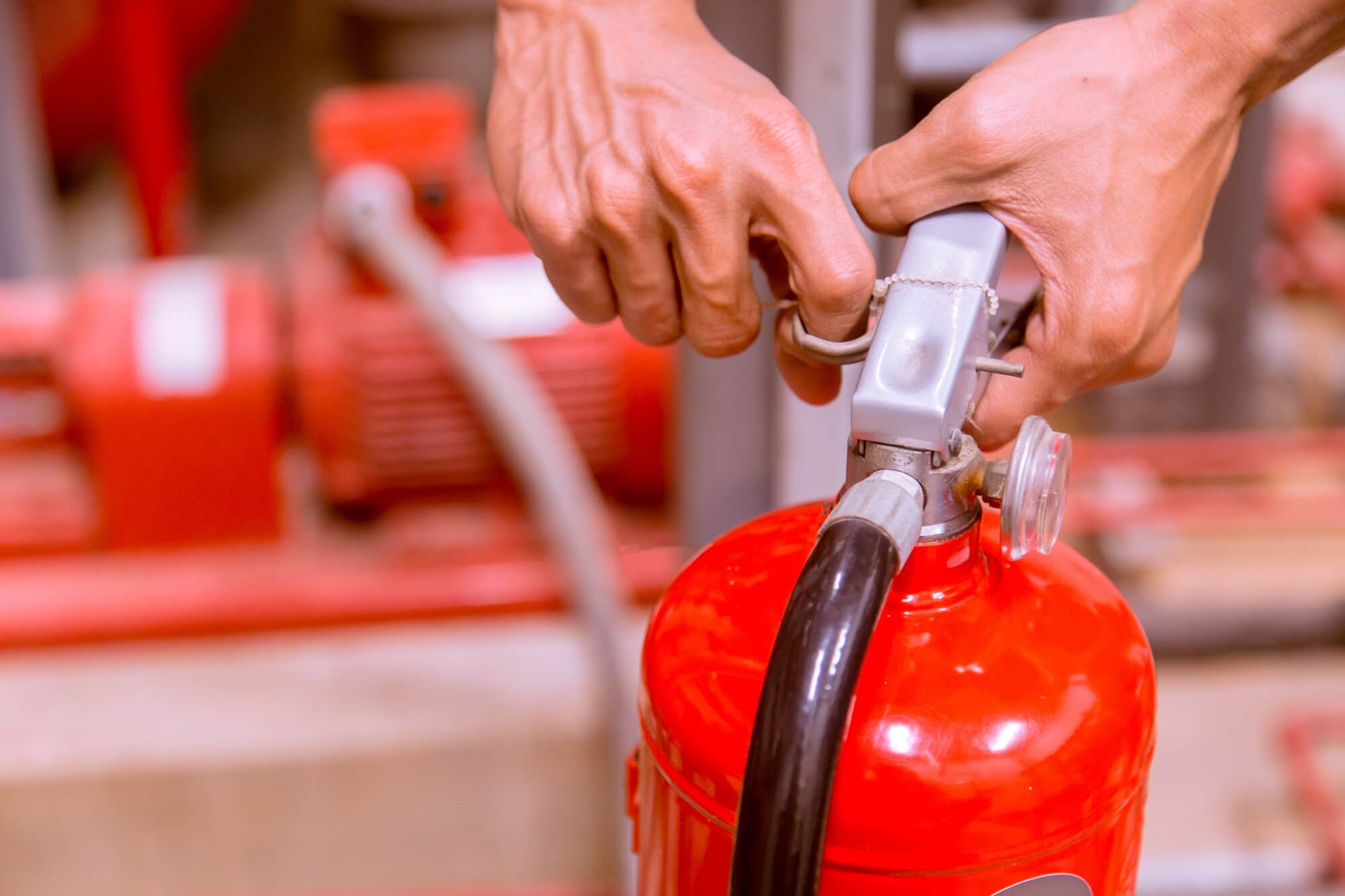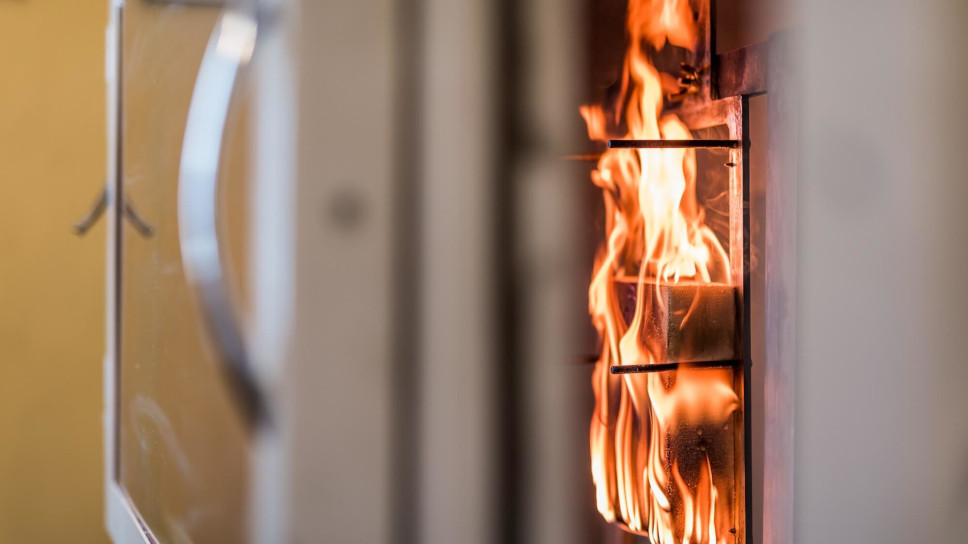Polyurethane foam — safety
The most-common material selected for insulation is PUR foam. This foam’s safety is a significant factor in that choice — this quality is important, both during the application itself and in a later period. Experts agree that it is worth choosing a reliable team with experience and knowledge of the OHS guidelines applicable to performing polyurethane-foam insulation using the spray method. The safety of the foam use is high (foam fire-behaviour class E or F). The product is self-extinguishing. This means that after cutting off the heat source, the foam extinguishes itself. Thanks to its physical properties, depending on the type, it can be used both indoors and outdoors.
Polyurethane foam — flammability
The flammability of polyurethane foam is not a factor that discourages the use of such material as insulation. Apart from the foam-flammability factor, its non-toxicity is also important. Polyurethane foam does not constitute a hazard in toxicological terms — the foam is odourless and non-toxic, so is widely used.
The foam combines with materials of different physical and chemical properties. Although we encounter polyurethane foam in our daily lives, we often forget about that fact. The versatility of polyurethane foam is hard to underestimate. No wonder it is used for insulation, and, in the case of the most-complex designs, PUR foam is used with the spray method.

Polyurethane foam’s safety of use
How to properly prepare a room for the safe application of the foam.
The room being prepared for the insulation application should be dry. That is why, if foam-insulating a flat roof or an attic, it is best to do this in the spring. This does not mean that the foams cannot be applied during other seasons — they can be applied even in winter, if observing all proper spraying recommendations. In summer, due to the temperature, there are no problems with spraying Purios foam. The spraying itself, in terms of working convenience, is only less comfortable during hot days.
The proper room preparation for foam insulation can start at the planning stage. You just need to facilitate access to the places where the foam will be applied. This will greatly improve the process of its application at a later time.
Remember! Plaster surfaces and other areas should be dry before the foam application — sometimes drying can take several months. If you are “on the clock”, you can dry these areas with artificial means.
In the case of the polyurethane foam, its safety also depends on its storage. The material is temperature-resistant. However, it is worth remembering that it can react with different substances, overheat, or become damp. That is why it is important to thoroughly check the place where it is stored before using the foam. What can polyurethane foam provide? Safety, comfort, and good house insulation. What’s more, the characteristic features of PUR foam also include odourlessness and non-toxicity.

 This website uses cookies. By using this website, you consent to the use of cookies in accordance with your browser settings.
This website uses cookies. By using this website, you consent to the use of cookies in accordance with your browser settings.